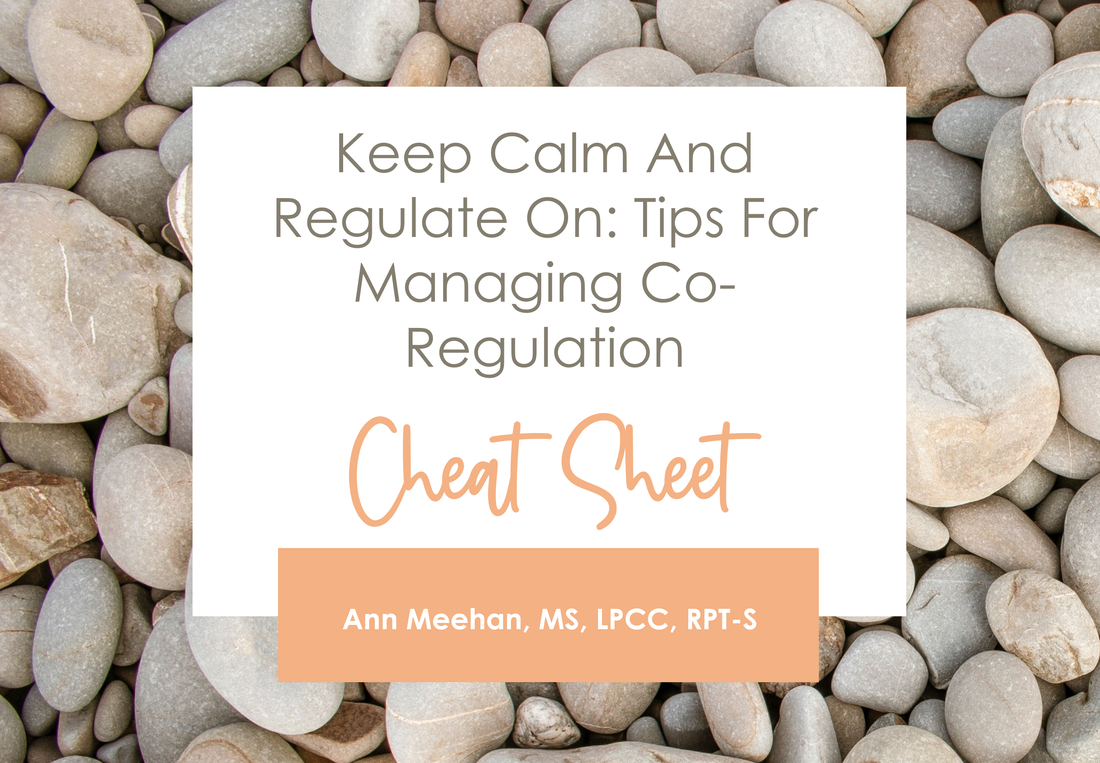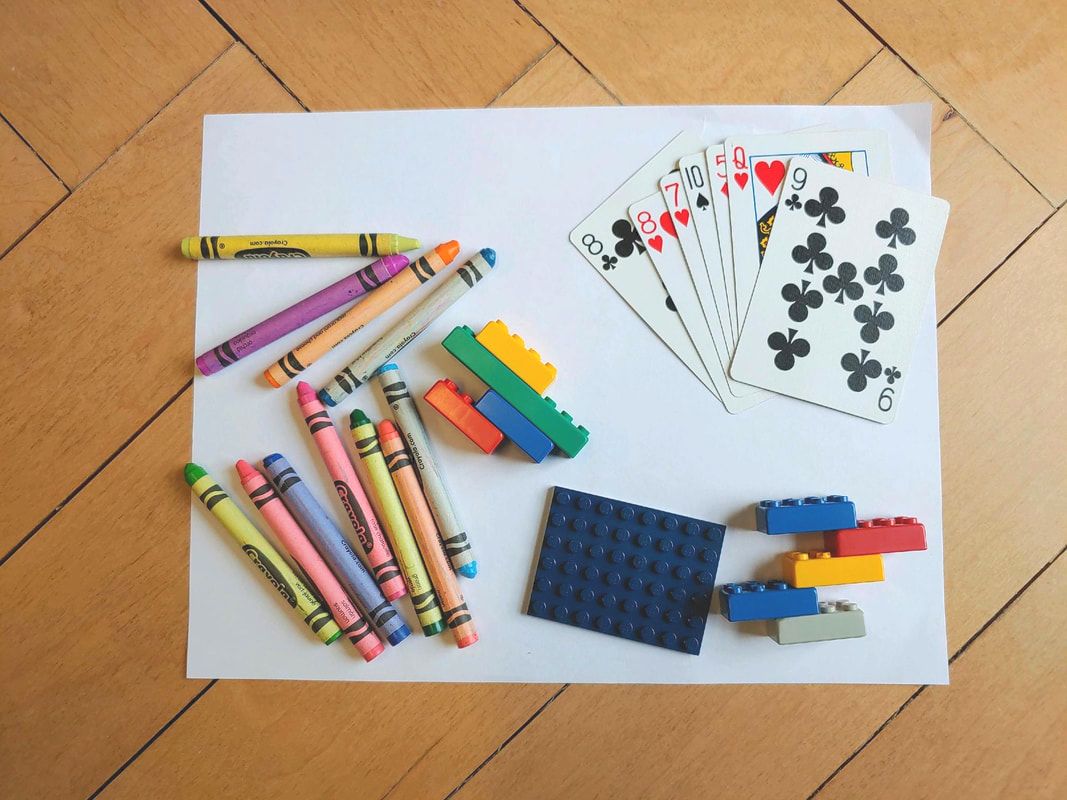|
Natural consequences are when something in the environment that naturally happens next after an unhelpful behavior that leads to learning.
In short - you don’t study for the test you fail OR if you sneak video games all night you might have a hard time getting up in the morning and miss eating breakfast as you rush to the school bus.
1 Comment
There are a lot of buzz words when it comes to parenting and behavioral change - consequences, logical consequences, natural consequences, and punishment. And sometimes it can be hard to make sense of it all! (Check out more about limits, boundaries, threats and consequences HERE and dive deep into how clear boundaries and limits should always come before consequences.)
Staying calm and regulating when a child is melting down, tantruming, or losing control is one of the most difficult tasks of parenthood. One of the reasons is something called mirror neurons - where when you observe the behaviors or emotions of another the neurons in your brain fire as if you were having that same experience. This is why if you are walking down the street and see someone smile, well… you start to smile too!
How much time do you spend at the beginning of the therapy process with children setting expectations?
Let me backup a minute. |
Hi, there!I'm Ann Meehan, an LPCC, Loading... Archives
July 2024
Categories
All
|
Privacy Policies | Terms of Use | Disclaimer
Contact
[email protected] | Copyright Meehan Mental Health Services 2022
Contact
[email protected] | Copyright Meehan Mental Health Services 2022








